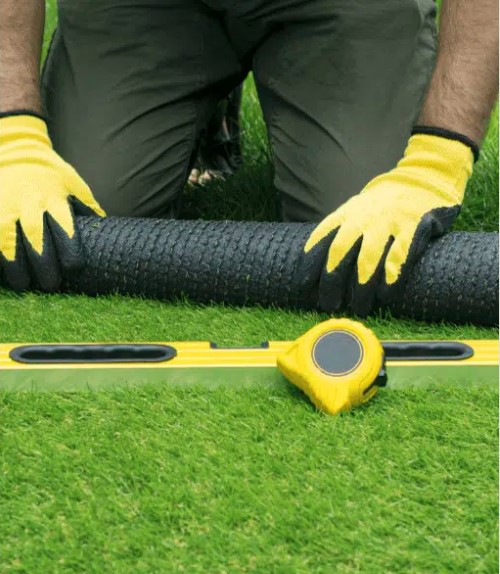When it comes to choosing grass for your lawn, there are several different types to choose from. In this article, you’ll learn about Cool-season grass, Buffalo grass, Creeping bentgrass, and Perennial ryegrass. Once you know the pros and cons of each, you can start choosing the right grass for your yard. Also more details about lawn care at https://www.schwartzlawncare.com/
Cool-Season Grass
Cool-season grass is a type of grass that thrives in cooler temperatures. This type of turfgrass is best suited for northern regions of the United States and Canada. Southern regions are often too hot for cool-season grasses. Its name derives from the transition zone between the warm and cool seasons.
There are a number of cool-season grasses to choose from, and they each have their own characteristics. Kentucky bluegrass is a popular example of this type of grass. It has a boat-shaped leaf tip and medium-textured leaves. Its blade is also very narrow compared to tall fescue. This variety makes for a lush lawn that is comfortable to walk on.
Most cool-season grasses are sold in seed mixes. Make sure to read the label to find out what kind of grasses are included and in what proportions. The label should also include information on how much of each type of grass is recommended for a particular climate and zone. Some of these grasses do well in colder temperatures, while others do not.
Perennial Ryegrass
Perennial ryegrass is characterized by its ridged upper surface and smooth, glossy underside. The leaves also have a distinctive arching keel down the center of the blade. They have small, membranous ligules that are slightly pointed at the apex. They also have auricles, which are small, arm-like projections attached to the blade/sheath. The auricles are straight or clasping, pointing or clasping, depending on the cultivar.
Perennial ryegrass is adapted to growing in warm climates. It grows best in the fall and spring and becomes dormant in the summer months. Knowing its growth cycle can help you determine when to perform seasonal lawn care and when to plant.
Perennial ryegrass has a rich, green color. Its leaf blades are glossy and tapered at the tip. Its seeds are white-brown and have a single stalk. Its growth habit is bunch-type, and it prefers a pH range of six to eight. It is also tolerant of cold temperatures.
Creeping Bentgrass
One of the different types of turf grasses is creeping bentgrass, which has an above-ground runner system that spreads horizontally over the soil. This enables it to shoot its grass blades upward into the lawn, producing dense, green stands of grass. It also forms strong thatches when fertilized regularly.
Creeping bentgrass is a cool-season specialist that is commonly found on golf courses and lawn bowling greens. While it does not grow well in warm-season conditions, it is a hardy turfgrass that tolerates low mowing. As it is tolerant to a range of conditions, it spreads quickly. Although it is susceptible to disease and is not ideal for home lawns, it is a good choice for lawns in cool-zone locations.
Another option for controlling creeping bentgrass is to use herbicides, which work well against this grass type. Herbicides containing glyphosate are particularly effective, but they are not selective and can kill all the grass in a particular area. You should apply the herbicide at least a foot away from the bentgrass to avoid damaging the surrounding grass. This method also prevents creeping bentgrass from creeping into areas with healthy grass.
Buffalo Grass
If you’re looking for low-maintenance turf grass, buffalo grass may be the grass for you. Native to North America, buffalo grass is a warm-season grass that is drought-tolerant and cold-resistant. This tough grass can be planted from seed, sod, or plugs, and requires minimal maintenance. In addition, buffalo grass requires very little water.
Buffalo grass is high-growing turf grass and can grow up to a foot tall in one month. While buffalo grass does not require much maintenance, it may need a couple of mowings per year. For best results, buffalo grass should be kept between two to three inches tall. Mowing buffalo grass every couple of weeks is recommended, but too much can cause the grass to become soggy. Mowing buffalo grass regularly may reduce its vigor and reduce its lifespan.
Buffalo grass is a perennial, warm-season grass. It is also known for its drought and heat resistance. Its low growth habit and low water needs make it ideal for many applications. In addition to its low maintenance needs, buffalo grass also provides a habitat for green skipper butterflies. Its scientific name dactyloides means finger-like and refers to its flowering structures. Buffalo grass has male and female flowers on separate plants, with male flowers growing on small spikes above the foliage while female flowers cluster down between the leaves.
